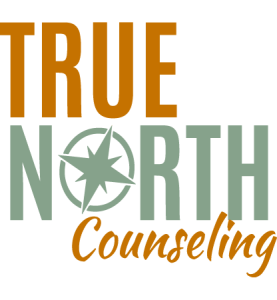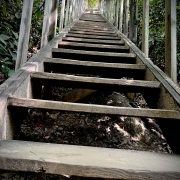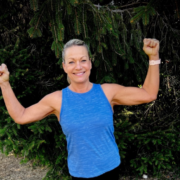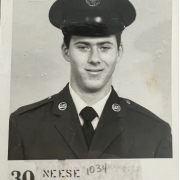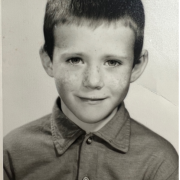Want to Break Up with Food? Learn to Hike!! | Healthy Aging Series: S9 E21
I was sitting in Terminal C at the Denver Airport gate 47 recently. I had a five-hour layover. Time to write and observe people. I’ve been noticing something concerning at airports with the past few years. I’ve noticed more and more people needing wheelchair assistance to get to their gates and to board. I researched…
